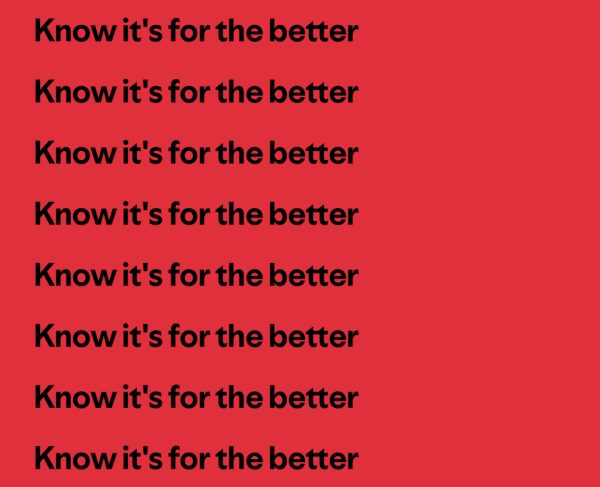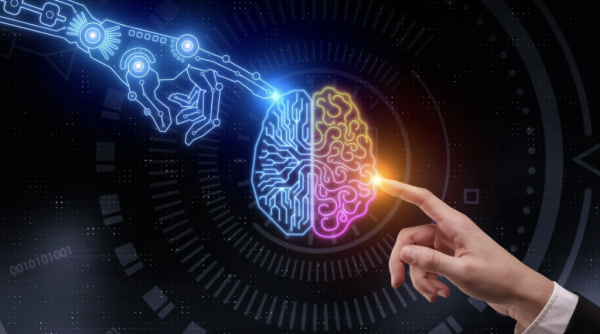The Upsurge Of Eating Disorders Among Adolescents
The struggle of whether to eat or not to eat comes with the choice of guilt or nutrition for those struggling with eating disorders.
“I just needed more control,” is what you might find a victim of an eating disorder saying. An eating disorder is often characterized by an obsession with food, calories, size, and fitness, but in reality, these fixations are only the external consequences of an internal desperation to feel in control of something definite and attainable.
Eventually, the distorted thought processes brought on by eating disorders will instill in you the belief that you’re not attractive or thin enough. However, the desire to be thin is not enough of an incentive to engage in such drastic measures as dietary restriction, binging and purging, or excessive physical exertion.
The underlying, more primal urge buried at the root of these behaviors is the need to establish security through a false sensation of control. It is human nature to equate comfort and security with the ability to self-regulate. As a direct consequence, when life becomes turbulent and erratic, the need for control intensifies.
This is how the pandemic was able to generate a spike in the volume of eating disorders. According to an analysis of medical record data from 80 hospitals, the number of teenage eating disorder patients has increased by 25% since March 2020. Isolation, a lack of structure, and heightened anxiety are a few possible triggers that may have contributed to the rise in eating disorders, but the particular pressures that teenagers faced on social media had a significant influence as well.
Junior Greta Hovhannisyan says, “On social media, a lot of people were talking about not gaining weight during Covid or getting fit during the period in lockdown before everything opened up again.” This consensus led to many individuals equating self-improvement with weight loss or altering eating habits, negatively impacting the health of many young adults.
Research indicates there is a correlation between social media usage and an increased risk of eating disorders, particularly among young people. Nonetheless, it is difficult to ascertain that social media is directly causing eating disorders. Users may be comparing their bodies to those shown on social media and feeling like they don’t measure up.
“We aren’t really phased by athletes or models on TV who are super built as much as influencers on social media because we already expect that of people on television but with influencers, it’s easier to accept that they’re regular people like us, so seeing them fit makes us feel worse about our own looks,” said freshman Georgiy Arustamyan. Knowing that influencers are ordinary people leaves people with no excuse to not look as fit, unlike on television where the people we watch are put on a higher pedestal and create the idea in our minds that we could never attain the same image.
Although so many aspects can contribute to reduced self-esteem and body dissatisfaction, including comparing oneself with peers, celebrities, and social media influencers, we often overlook the fact that we are comparing carefully posed, selected, and filtered photos, with our raw, unedited bodies. Thus, unrealistic and misleading beauty standards are instilled in our brains, destroying our self-esteem and promoting an obsession with capturing the ‘perfect’ angle, pose, lighting, or filter for social media.
Junior Camille Jacoby says, “Apps like Photoshop have created such extreme beauty standards and people have become so fixated on achieving a certain appearance that can’t even be achieved naturally and that ruins people’s confidence.” With the use of editing and cosmetic procedures, influencers and celebrities have made their bodies look a way that society deems as desirable but naturally is impossible to attain. More often than not, the standard is that the slimmer you are, the more desirable you are, which doesn’t create much doubt that eating disorders are on the rise as a result of social media usage.
Though unattainable beauty standards are partly to blame, there is no one cause of an eating disorder. Experts link eating disorders to a combination of factors including family relationships, psychological issues, and genetics. Insecurity and low self-esteem stemming from one’s environment, parents, trauma, or loss can also result in being preoccupied with maintaining a slim body.
Teenagers suffering from disorders such as anorexia believe the main gauge of self-worth is their body image. In one study, researchers linked anorexia with an obsession with perfectionism, meaning high concern over mistakes, high personal standards, and being subjected to parental expectations and criticism. Although anorexia can come from perfectionism, the effects are quite the opposite, affecting students’ grades, mental health, and overall wellness.
Eating disorders are not curable with a single treatment, but a combination of treatments such as cognitive behavioral therapy and antidepressant medication, can help adolescents overcome these disorders. Cognitive behavioral therapy assists in changing behavior and emotional state by identifying and replacing inaccurate thinking. Nutritional feeding, medical monitoring, and psychosocial treatment are frequently included in anorexia treatment.
Eating disorders can lead to serious illness or even death if they remain untreated. Rather than focusing on recovery, we should focus on prevention. Support groups, body positivity and diversity campaigns, as well as focusing on nutritious eating rather than eating for weight loss, can all help prevent these disorders from escalating. Society is taught to deprive themselves of basic human rights and feel guilt when we do not. Refuse to feel the shame.

Dream destination? New York
Interests/ hobbies? Dance
In 20 years... I'll be successful and happy
Describe...













